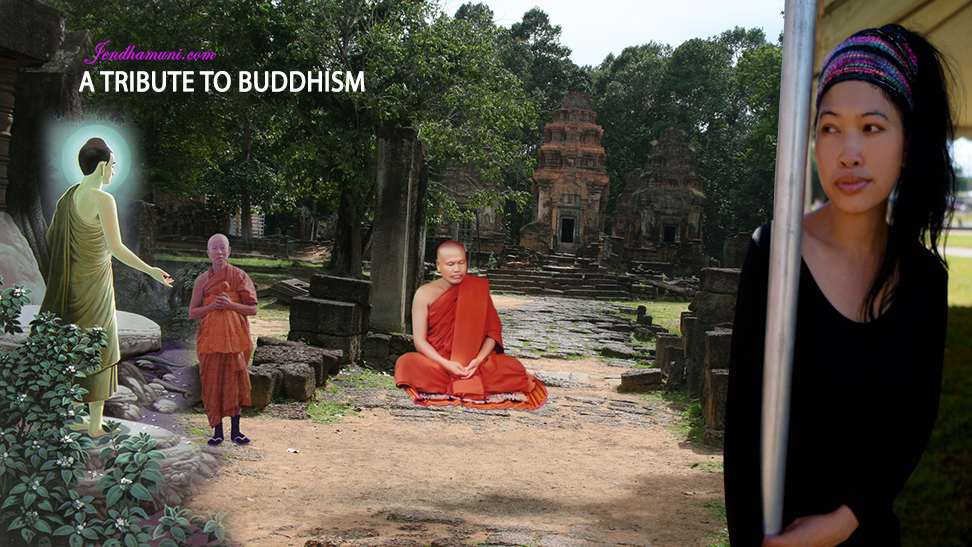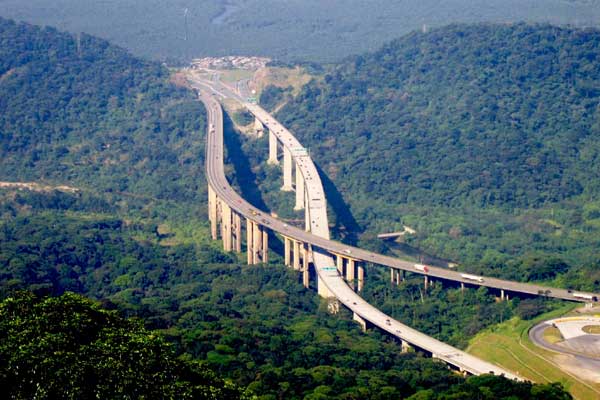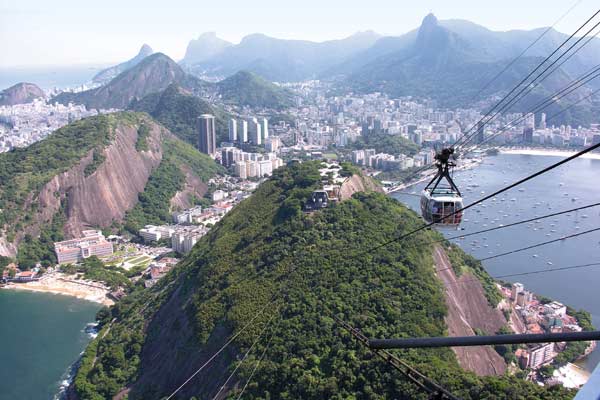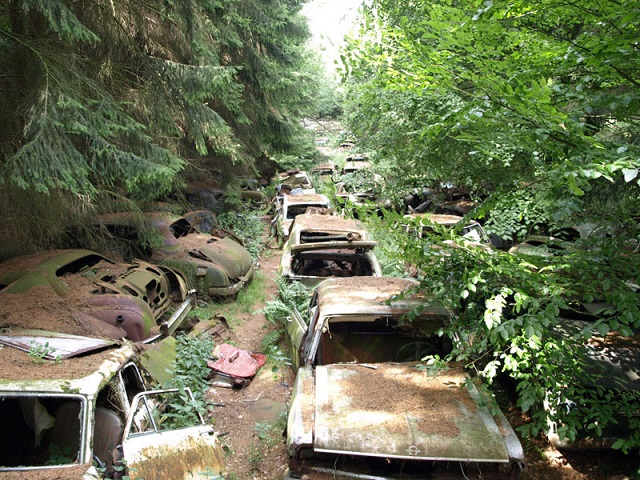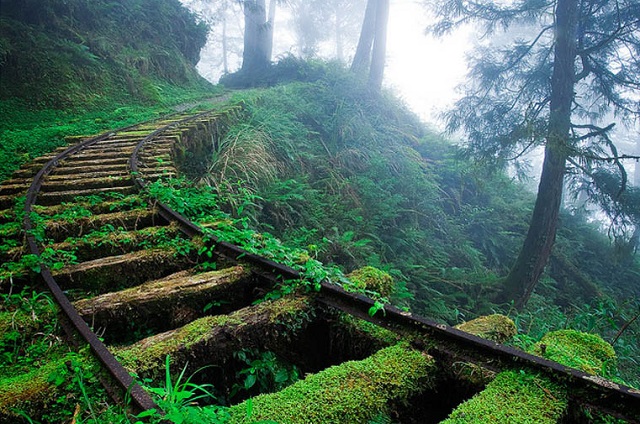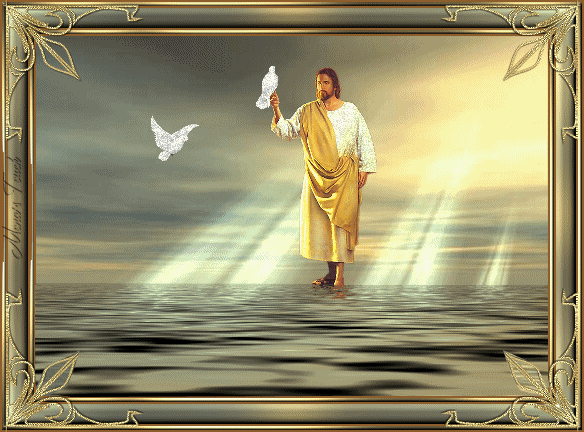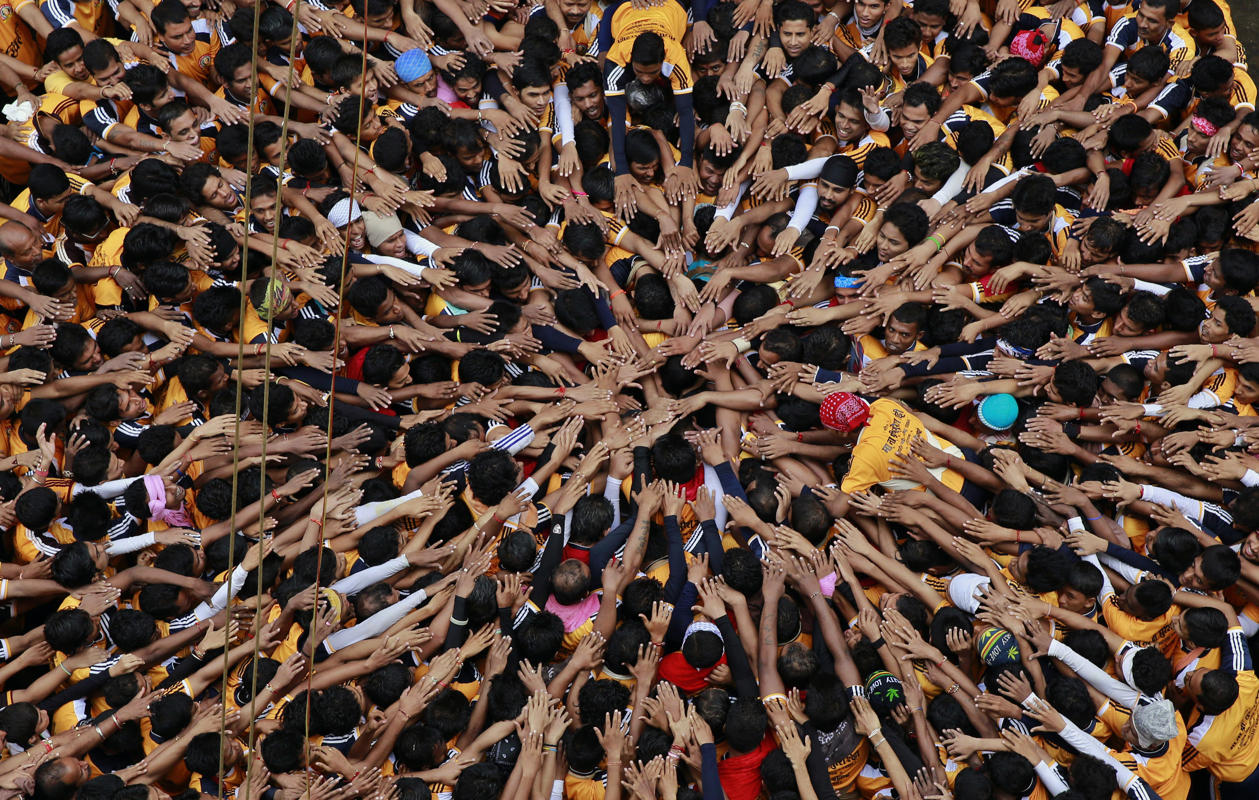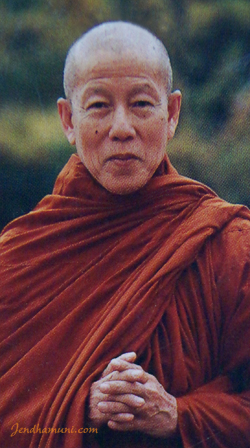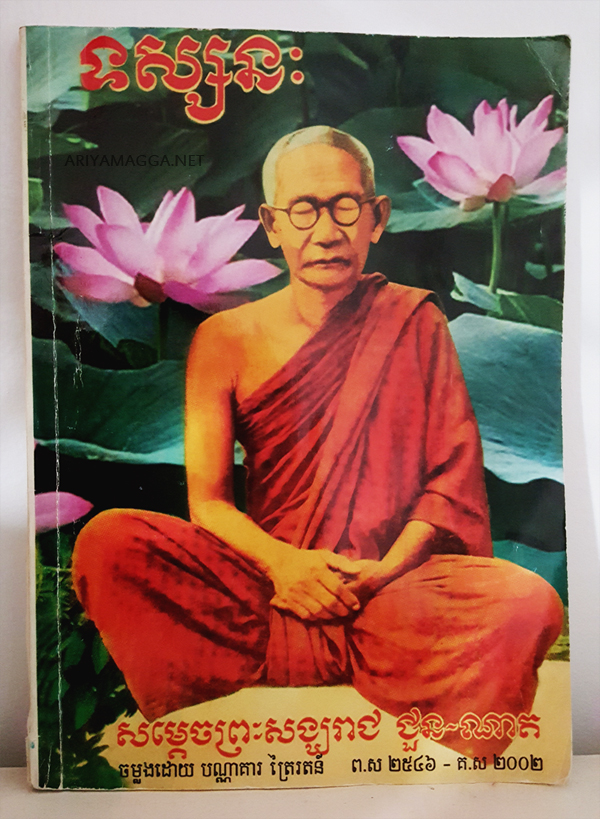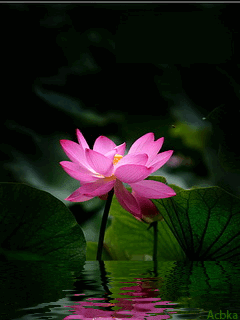‘Florida Untamed’ shows wild side of paradise on Nat Geo WILD
Examiner.com, April 23, 2014
“Florida Untamed” is a two-part special debuting on Nat Geo WILD on Sunday, April 27, 2014 according to a press announcement emailed by NGC on April 21. “Destination Wild,” by 2C Media, takes viewers to the depths of Florida’s treacherous swamplands, coastal shores and marine reefs to showcase wild animals and landscapes.
Just beyond the famed theme parks, poolside resorts and sunny beaches of Florida lie ruthless predators hungry for a kill. The swamps are no playground for most animals living there, including American crocodiles, alligators, Burmese pythons, sea turtles and rattlesnakes. The fierce paradise is a dangerous landcape where any moment could be the animals’ last. Witness the dramas unfold on a journey through a labyrinth of ancient cypress swamps and crowded shores, capturing miraculous sights that never cease to amaze. It’s treacherous; it’s venomous; it’s Florida Untamed.

Two one-hour back-to-back specials reveal a spectacular array of terrifying predators, perilous invaders and sly survivors as they struggle to live and thrive in this stunning yet violent habitat. No matter how big or small, all creatures here share one common goal: survival. There’s no shortage of animals on the hunt in Florida, from vulnerable crayfish to sneaky bullfrogs, poisonous pit vipers and camouflaged crocodiles. It’s a merciless fight to survive. Viewers gets a front row seat to all the action.
The battle rages on among a cast of unforgiving characters. Follow three young gator hatchlings as they struggle to survive their first year in the swamp. While their elders rule the waterways, these little guys must elude a wide array of killers, including venomous snakes, voracious predatory fish and even their own kind. On the bustling shores and among the strong currents of the Gulf Stream there is another ruthless paradise. Here, young turtle hatchlings begin an epic and risky odyssey from deadly shores to the open Atlantic, as crocodiles patrol the coral shores of south Florida looking for an effortless meal. Life on Florida’s dangerous coast is no day at the beach..
Gator Country premieres Sunday, April 27, 2014 (8 p.m ET/PT). Florida’s swamps are not only a stunning landscape of drama, mystery and beauty, but they are the home of the lizard king. Journey into the secret wetlands of Florida as we follow three juvenile gators on a fight for survival as they work to outmaneuver their abundant foes in a distressing game of life or death. Before they regain the waters, alligator hatchlings face harsh odds. Only one in 10 will survive, as venomous snakes, cannibal alligators and rotund bullfrogs lurk at every turn in the hopes of gobbling up a baby alligator. It’s survival of the fittest to the extreme.
Florida Untamed: Croc Coast premieres Sunday, April 27, 2014 (9 p.m. ET/PT). The coral islands, lush mangroves and sandy beaches of the Florida coastline may seem pleasant. But for its wild inhabitants coping with continued development, human encroachment and a host of natural predators, the edge of the sea is a paradise filled with peril. Crocs may have outlasted the dinosaurs, but now they face a different kind of pressure. Coastal development has moved in on them, dramatically altering habitats. But crocs aren’t the only ones residing on this land. Witness an eastern diamondback rattlesnake on its hunt to kill, loggerhead turtle hatchlings beginning their frightening journey to the sea and the deadly monsters of the world’s third-largest living coral reef.
Florida Untamed is produced by 2C Media Inc. for Nat Geo WILD. Executive producers for 2C Media Inc. are Carla Kaufman-Sloan, Chris Sloan, Jeff Morales and Calvin Simmons. For Nat Geo WILD, executive producer is Jenny Apostol, senior vice president of development and production is Janet Han Vissering, and executive vice president and general manager is Geoff Daniels.


